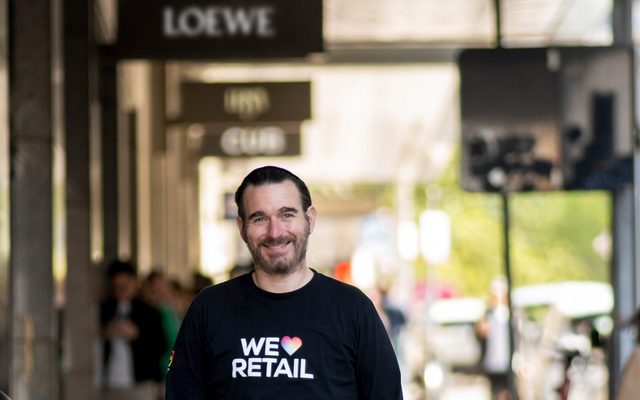This article is from the Australian Property Journal archive
MELBOURNE CBD office workers have settled into a hybrid working routine, with almost three quarter of workers attending the office two to three days a week.
New data from the Victorian Chamber of Commerce and Industry showed the number of employees working from the office three to four days a week lifted from 41% in November to 46% in March.
“While respondents are clearly telling us that they are enjoying the in-person collaboration and social connection that comes from working in-person with their colleagues, we can also see that the number of people committed to working five days in the office has dropped off significantly since November,” said Victorian Chamber of Commerce and Industry chief executive Paul Guerra.
Employees working five days in the office has dropped from 19% in November to 8% in March, and 9% of respondents have not returned to the office since all COVID restrictions were lifted – an increase from 7% in November.
Employees working from the office one to two days per week lifted 5% to 38%.
“The trend from November until now shows consistency in numbers back into CBD offices on weekdays. It means business owners that rely on CBD foot traffic should now be able to plan accordingly. As more tourists and international students return, we can expect to feel the CBD busier during Monday to Friday,” Guerra said.
“Ultimately, this is what a post-COVID CBD will look like and we can now turn our thoughts to innovative ways to stimulate our CBD as part of our ongoing path to the future.”
The research also found that 55% of businesses have maintained a minimum required number of days employees must work from the office. The majority of these respondents requested employees to return a minimum of three days per week (52%), followed by two days per week (24%).
More than three-quarters (76%) of employers indicated they do not expect employees to return to full-time at the office, up from 69% in November.
Two-thirds of businesses have indicated they are using social incentives such as team lunches, after-work drinks or in-person meetings to encourage people back to the office.
Work-life balance and home duties were cited as the main barrier for returning to work full-time at the office with 38% indicating they prefer the flexibility of hybrid working for this reason. Twenty-one per cent identified commute time as an issue, and 11% feel they are more productive at home.
The most recent office occupancy statistics from the Property Council of Australia showed improvement across the board in February, with Perth (81%) and Adelaide (80%) leading the national capitals, ahead of Brisbane (74%).
Sydney was at 61%, with Melbourne (47%) and Canberra (46%) languishing behind.
Nearly $1.6 billion in CBD spending would be lost each year under optimistic scenarios for workers returning to the office, according to research from PAR Group, and discussions about the role of the city office need to revolve around a reduced daily office workforce and the prospect of “ghost buildings” and higher retail vacancies.




